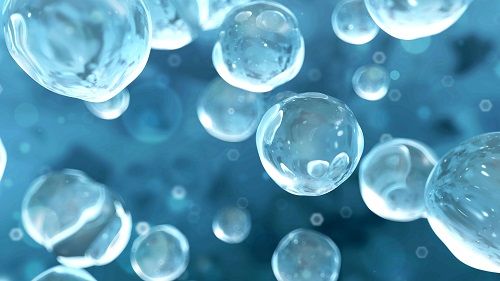
The Importance of Osmolality
Does the lubricant you use irritate your vagina? Is it making it drier when it’s supposed to do the exact opposite? While it seems illogical that a product designed to lubricate may thin and dry vaginal tissue, it’s actually very common. This is due to the product’s osmolality.
Osmolality measures the transference of fluid from cells to one another as they strive to reach equilibrium and maintain homeostasis. If a lubricant is hyper-osmotic, which means that its osmolality is higher than the cells of the body, it drains and dehydrates natural moisture from vaginal epithelial cells. This causes already compromised vaginal tissue to shrink and thin—ultimately leading to tissue loss. So instead of moisturizing the vagina, hyper-osmotic lubricants dry out the tissue, putting women at risk for abrasions and cell damage. This kind of damage often leads to painful infections, such as Bacterial Vaginosis.
Lubricants are available in a wide range of options, but also have varying levels of osmolality. The bad news is, research shows that many lubricants in the marketplace are hyper-osmotic. While osmolality is not shown on the ingredient list of lubricants, it is essential to vaginal health. It’s imperative to always research a lubricant’s osmolality before using it.
The World Health Organization (WHO), in collaboration with the United Nations Population Fund (UNFPA) and Family Health International (FHI360), recognized these risks and issued an “Advisory Note” on the technical requirements of lubricants. Due to the importance of osmolality, specific recommendations that “Values of 380 mOsm/kg or lower are desirable…” were made.
This is why it’s so important to use a lubricant with the right osmolality levels, like Luvena Enhanced Personal Lubricant. This premier product has the recommended level of osmolality and is also a moisturizer that soothes dryness and irritation—instead of causing it. Click here for more information.